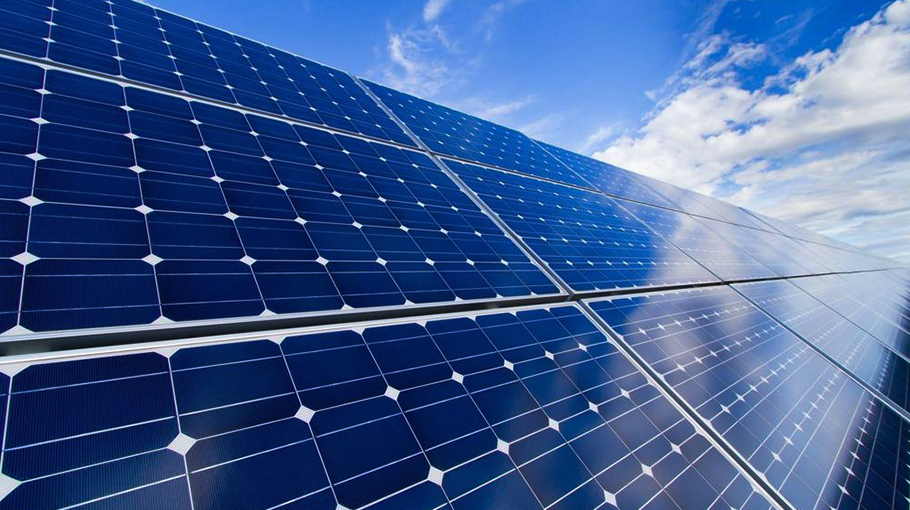Solar net meter gains popularity

The solar net metering system (SNMS) is gaining more popularity across the country with a total of 1488 SNMSs having capacity of 34.26 megawatt peak (MWp) of electricity already installed, and counting.
The SNMS enables surplus electricity produced from solar power to regulate and direct (surplus) electricity to the national grid.
The government published a net metering guideline in July, 2018 to establish a mechanism for distributed RE (Renewable Energy) integration to the national grid. Net Metering is a billing mechanism that credits solar energy system owners for the electricity they add to the national grid. When solar power is not used by the house owners during holidays or long-term absence at home or for other reasons, the solar electricity can still be sold to the national grid.
The bill is adjusted at the end of every month on the basis of the electricity contributed to the national grid produced from solar.
Under the system, the consumers, who use electricity from the grid can set up a rooftop solar system, covering up to 70 percent capacity of the sanctioned load and can adjust their bills through an exchange arrangement by a special meter.
This system will save a large amount of electricity on the subscriber’s electricity bill.
Mohammad Alauddin, Chairman of the Sustainable and Renewable Energy Development Authority, told Bangladesh Post, “The whole world is now going for renewable energy. The Bangladesh government is also more interested in this regard. Several initiatives such as implementation of solar net metering policy, installation of solar mini grid, home system and irrigation pumps etc. have been taken.
Several solar power plants are being planned. Besides, a survey has been done on wind power. We are also planning how to expand it in a profitable way.”
According to latest statistics of Sustainable and Renewable Energy Development Authority (SREDA), six state-owned power distribution companies -- Power Development Board (PDB), Rural Electrification Board (REB), Dhaka Electric Supply Company (DESCO), Dhaka Power Distribution Company (DPDC), West Zone Power Distribution Company Ltd (WZPDC), and Northern Electricity Supply Company Ltd (NESCO) -- purchased solar power from 1488 consumers and the capacity was 34.26 MW in November last year.
BPDB is buying 15.87MW of unconsumed solar electricity from its 332 consumers, BREB 11.47MW of solar power from 261 consumers,
DPDC 2.49 MW of electricity from 271 consumers and DESCO 2.38 MW from 350 consumers. Meanwhile NESCO is buying 1.05MW from 63 consumers and WZPDC, 1 MW from 211 consumers.
In June last year, the country’s largest solar net metering project having capacity 16 megawatt of electricity started its generation on the roof of a factory building in the Korean EPZ, a private export processing area.
It is also the second largest rooftop solar project in the world. The United States has the largest rooftop solar in the world and its capacity is 17 MW.
State Minister for Power, Energy and Mineral Resources Nasrul Hamid said some 40 per cent of total electricity would come from renewable energy by 2041 under the leadership of Prime Minister Sheikh Hasina. That is why the government is encouraging everyone to generate electricity from renewable energy. Rooftop solar has become popular after the introduction of the net metering system.
Dipal Chandra Barua, President of BSREA and also a member of SREDA told Bangladesh Post, “The net metering system is a good initiative to promote the use of renewable energy. Under this system consumers and government both will be benefited.”
The government has taken various initiatives to enhance generation of renewable energy as part of its efforts to ensure energy security keeping carbon dioxide emissions at a low level. Bangladesh is now generating 777.4 MW of electricity from renewable sources.
So far, around six million Solar Home Systems (SHS) have been set up in remote areas across the country, which is currently directly and indirectly benefiting about three crore disadvantaged rural people. This is the largest and most globally renowned Solar Program.


